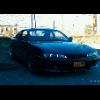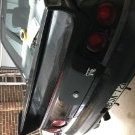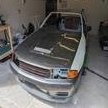Advice Needed.
Announcements
-
Similar Content
-
Latest Posts
-
Yeah, but it comes back every day. It's only a minor inconvenience, but as a nag to make you want to perform the upgrade, it is very effective. I can only tolerate that sort of nag on my own systems for a short while before the guilt gets me. Look at all the SSH and Sharepoint and etc hacks that are getting announced every few hours for the reason behind that.
-
Found this as well which looks like it has the correct fittings? Not 100% sure on what to get:
-
Haha no I'll do that one tomorrow. I've been ignoring it. It's the 5.0 one I'm taking about. (There is a little X to hide the 4.7 one if you want)
-
So I'm going to have to keep ignoring the 4.7 update, or whatever version it is? Poop. I was hoping you'd put me out of my misery.
-
We have a huge update coming in the next few months, version 5 of Invision will be released. I'm holding off any changes until after this change as I'm not sure what features will be removed or introduced.
-






Recommended Posts
Create an account or sign in to comment
You need to be a member in order to leave a comment
Create an account
Sign up for a new account in our community. It's easy!
Register a new accountSign in
Already have an account? Sign in here.
Sign In Now